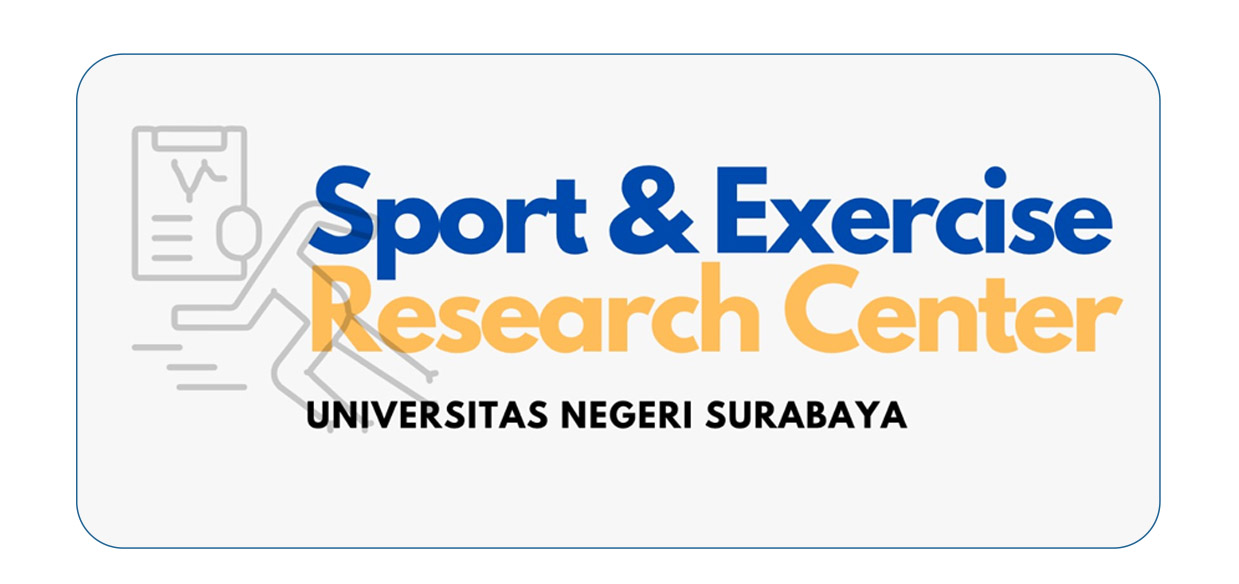Physical Education Teacher Perception in Conducting Online Learning Activities during Covid-19 Pandemic
DOI:
https://doi.org/10.26740/jossae.v7n1.p42-49Keywords:
physical education; online learning; covid-19Abstract
The first covid-19 case was founded in Indonesia on March 2020. Then, Indonesian government then announced the study from home policy a few weeks afterward. The teaching learning activity needs to be conducted by online teaching. This study aimed to evaluate the online teaching process at Physical Education subject. There were 447 physical education teachers were involved in this study. The Physical Education Online Learning Scale (PEOLS) was developed and used as research instrument in this study. The construct validity and reliability of PEOLS are 63.288 % and α = .880. The data were analyzed by independent t-tens and one-way anova based on gender (male/female), school status (public/private), and age groups. The result, there are significant different on age and teaching place. Younger teachers are facing less difficulties in online teaching (sig. >0.05). Furthermore, the teachers who teach in the public area have more beneficial in their teaching process (sig. >0.05). In Conclusion, the online teaching learning activity during covid-19 pandemic were influenced by the teachers’ capability of using internet and the accessibility of online teaching facility.
References
Downloads
Published
How to Cite
Issue
Section
License
Copyright (c) 2022 JOSSAE (Journal of Sport Science and Education)

This work is licensed under a Creative Commons Attribution-ShareAlike 4.0 International License.
 Abstract views: 527
,
Abstract views: 527
, PDF Downloads: 300
PDF Downloads: 300








